From traditional figurative paintings to avant-garde installations, these are some of the top art galleries in Budapest currently.

Commerical art galleries are relatively new to Budapest since not much of a functional marketplace existed during Hungary's Communist period (1947-1989). State censorship monitored all cultural production, so many artists had to covertly show their works to a small circle of insider buyers and moonlight at other jobs to get by. Those favored by the decisionmakers enjoyed a steady income but often produced formulaic or propagandistic paintings and sculpture.
In the past thirty or so years, many galleries have sprung up in Budapest that are plugged into the international scene. The market is still small, so most of them don’t specialize in a single art movement or time period, instead carrying works across a range of styles.
Budapest's galleries host regular exhibitions throughout the year – mainly between September and June, with free admission – and there are local art fairs that bring together the key players. Art Market Budapest and Art & Antique are most well-known, but keep an eye out for the museums and galleries of the charming Szentendre, just outside Budapest and easily reachable by public transport.
Many Budapest galleries are closed on Monday and on the weekend. If unsure, give them a heads-up before you go (details below).
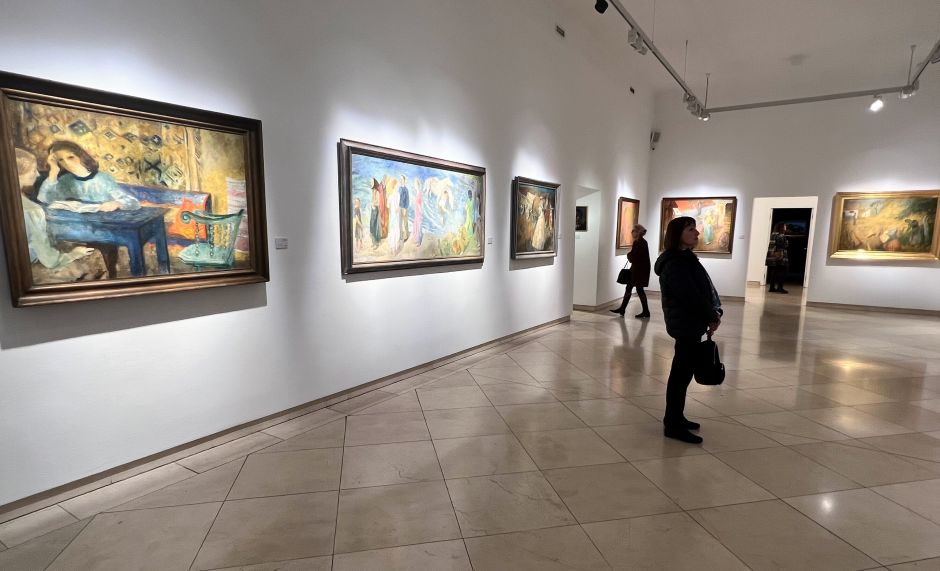
#1 - Kieselbach Galéria (location; Monday to Friday 10 a.m. to 6 p.m.): Founded in 1994, the gallery and auction house of Tamás Kieselbach is among the most prominent, holding the record price for a Hungarian painter (Tivadar Csontváry Kosztka). The gallery's focus is the early modern period in Hungary to which they've contributed with countless art history books and monographs. Even if this stuff is out of your price range, a visit could be well worth your time.

#2 - Virág Judit Galéria (location; Monday to Saturday 10 a.m. to 6 p.m.): Another heavyweight, Virág Judit Galéria focuses on established Hungarian painters from the late 19th and early 20th centuries as well as high-end Art Nouveau Zsolnay ceramics. The gallery is located just steps from Kieselbach, so you might want to bundle the two.
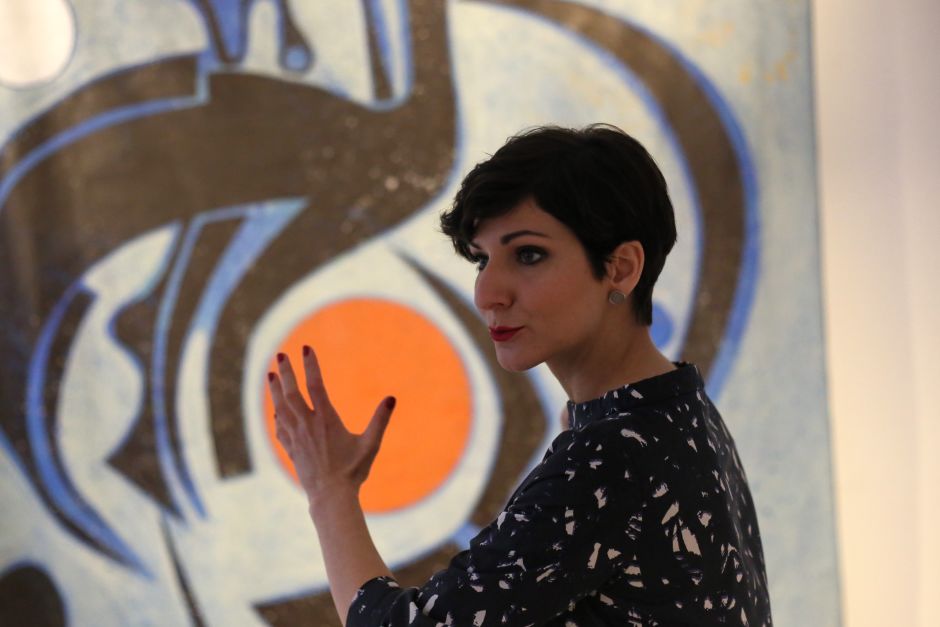
#3 - Várfok Galéria (location; Tuesday to Saturday 11 a.m. to 6 p.m.): Opened in 1990, soon after the fall of the Communist regime, Várfok is one of the oldest and most successful galleries in Budapest. Today, it represents a cross-generational set of more than twenty local and international artists, including photographer Péter Korniss, and painters Francoise Gilot (Picasso's partner for ten years), Endre Rozsda, and the young star Máté Orr. The more experimental works are found across the street in their "Project Room." Várfok is located on the Castle Hill, so you could conveniently stop by here after exploring the Old Town.
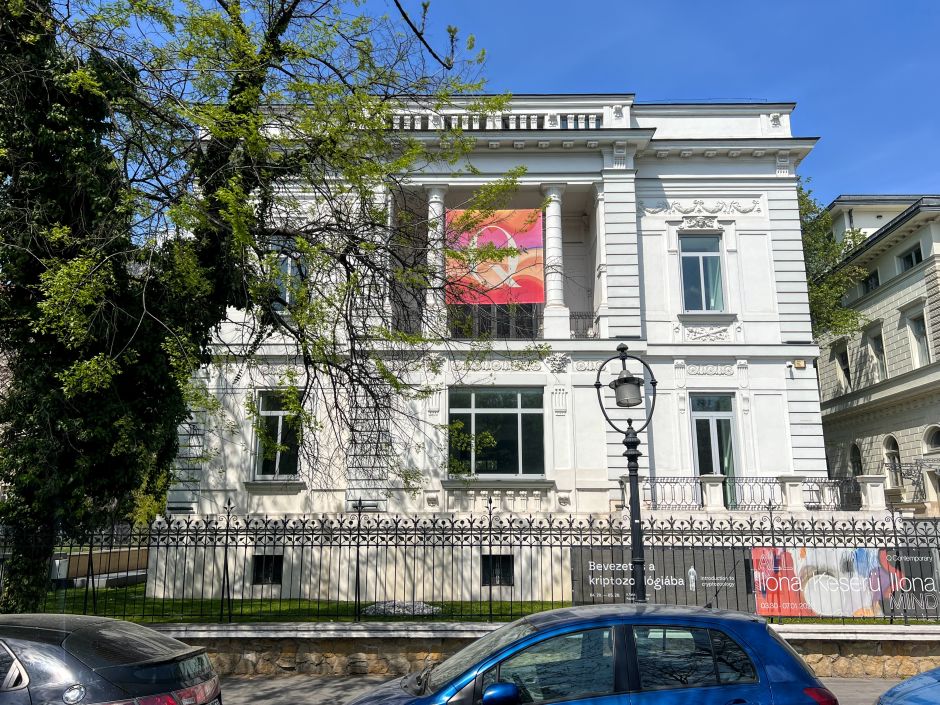
#4 - Q Contemporary (location; Wednesday to Saturday 12 p.m. to 6 p.m.): One of the most exciting gallery openings in recent years, Q Contemporary provides platform for leading artists in Central and Eastern Europe who came of age behind the Iron Curtain. The owner, Hong Kong-based Queenie Rosita Law, put her money where her mouth was when she transformed a residential palazzo right on Budapest's Andrássy Avenue into a striking exhibition space. Keep an eye out for their event calendar.

#5 - Kisterem Galéria (location; Tuesday to Friday 2 p.m. to 6 p.m.): Located on a downtown side street, Kisterem is one of the most international galleries in Budapest with regular appearances at art fairs like Art Rotterdam, LISTE, viennacontemporary, Art Cologne, Frieze London, and FIAC. Kisterem represents established Hungarian abstract artists who came of age in the 1960s and 1970s, including painters István Nádler and Ilona Keserü, and the notably talented Katalin Káldi from the younger generation. The gallery dedicates floor space to recent art school graduates, too.
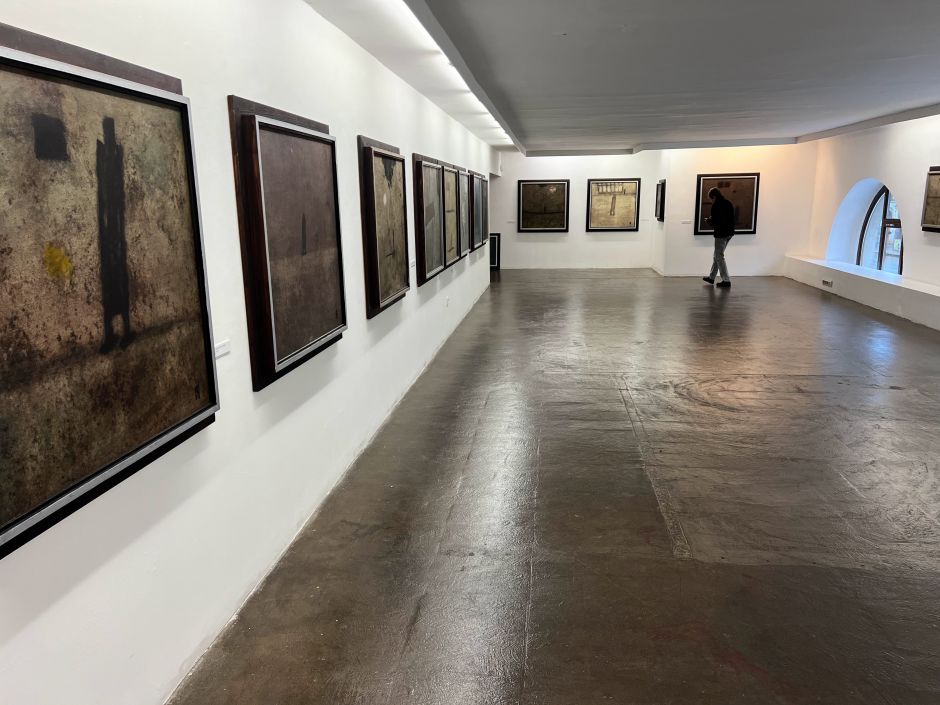
#6 - Godot Galéria & Intézet (location; Tuesday to Friday 9 a.m. to 2 p.m., Saturday 10 a.m. to 1 p.m.): Many art galleries line the increasingly chic Bartók Béla Boulevard on the Buda side; one of the early birds was Godot Galéria, best known for representing the bad boys of Hungarian contemporary art, including drMáriás, whose portrait series have featured the current prime minister, and Imre Bukta, known for thought-provoking paintings depicting the somber hopelessness of rural Hungary. While Godot Galéria is the home base, Godot Intézet, in Óbuda, is where young artists receive more floor space.
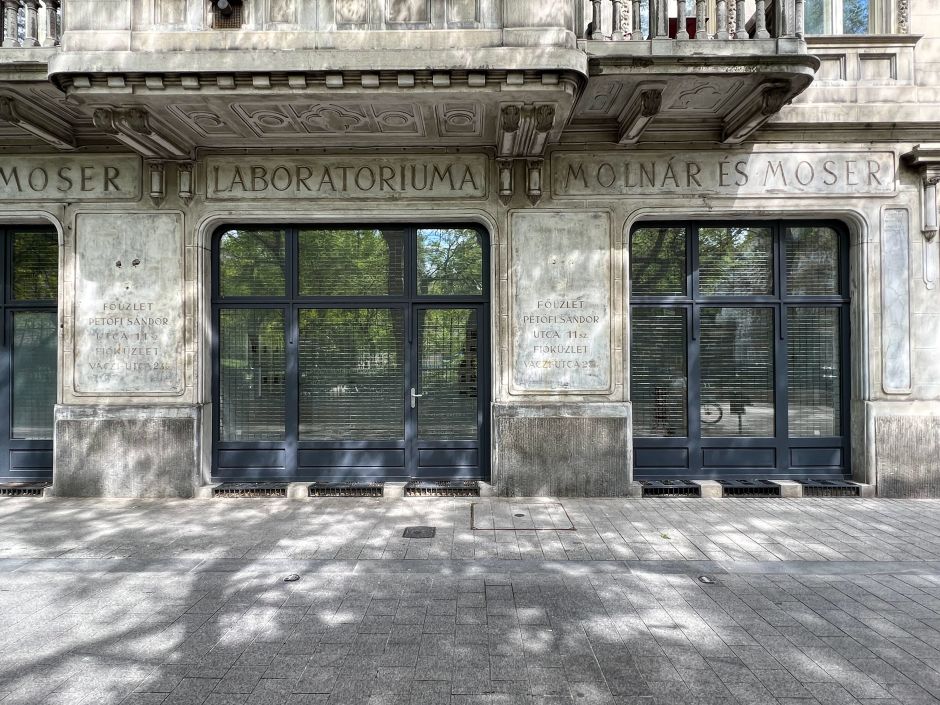
#7 - Vintage Galéria (location; Tuesday to Friday 2 p.m. to 6 p.m.): Situated by the adorable Károlyi kert park in downtown, Vintage focuses on paintings and photography from the 1960s and 1970s, representing most famously Dóra Maurer, who had a recent solo show at Tate Modern, and Hungary's pioneering pop-artist, György Kemény. Vintage also publishes excellent (bilingual) booklets and monographs.
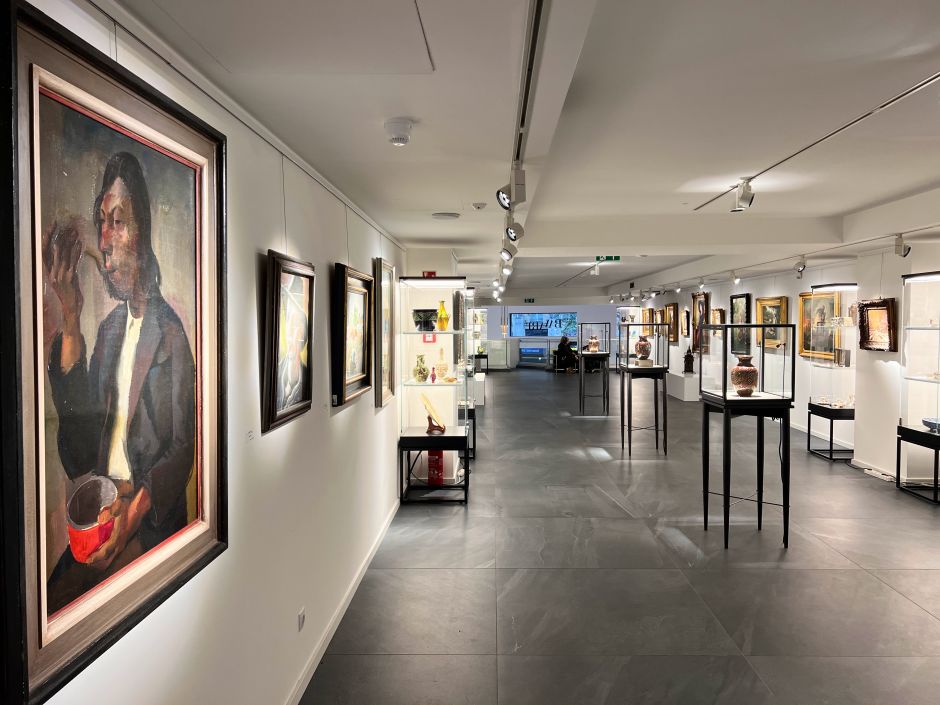
#8 - BÁV Art (location; Monday to Saturday 12 p.m. to 6 p.m.): Founded in 1773 by the Habsburg Queen of Hungary, Maria Theresa, BÁV is the oldest auction house in Hungary, today also functioning as an art gallery and retail store. You'll find high-quality paintings, ceramics, glassware, and jewelry across time periods and artistic styles. The location is conveniently near the antique stores of Falk Miksa utca. (BÁV has another, similarly big venue in downtown, at Bécsi utca 1.)

#9 - FKSE Stúdió (location; Tuesday to Thursday 2 p.m. to 6 p.m., Friday 10 a.m. to 2 p.m.): The Studio of Young Artists' Association (FKSE) is an umbrella organization for the most talented recent art school graduates across Hungary. FKSE's legendary exhibition space in Rottenbiller utca has served as a spring board for generations of Hungarian up-and-comers.

#10 - Viltin Galéria (location; Tuesday to Friday 1 p.m. to 6 p.m., Saturday 11 a.m. to 5 p.m.): Viltin is proof that there's more to Budapest's party district than just restaurants and drinking dens. Founded in 2008, Viltin Gallery focuses on contemporary painting, sculpture, and drawing. Much of their roster comes from the so-called middle generation, people currently in their 40s to 60s, such as György Gáspár and Ádám Szentpétery, but especially talented younger artists, for example Kata Tranker, also also featured.
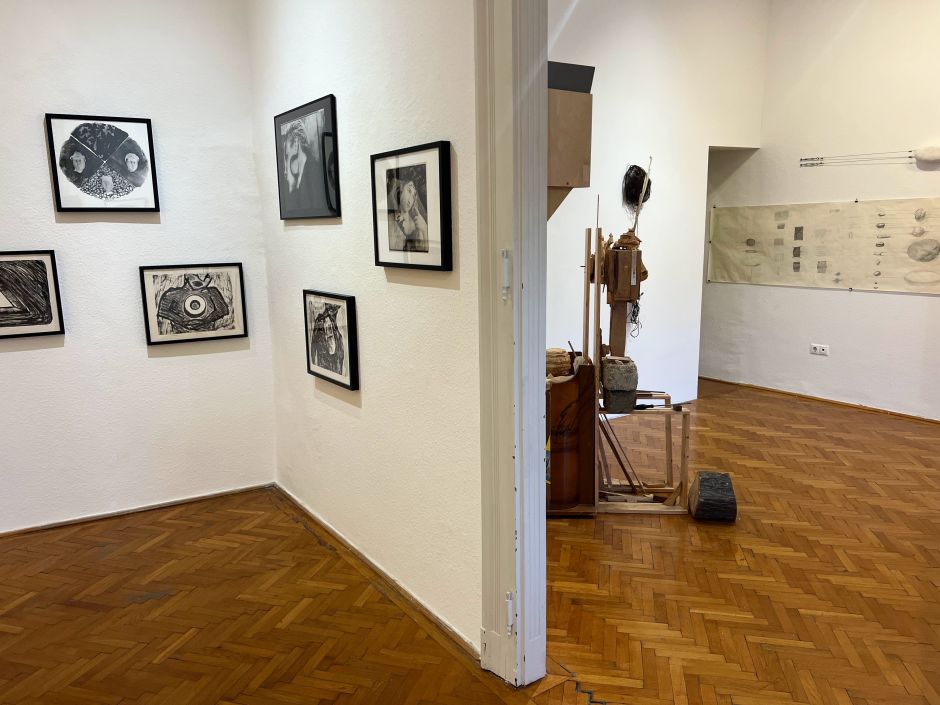
#11 - Inda Galéria (location; Tuesday to Friday 2 p.m. to 6 p.m.): Another top gallery inside Budapest's lively old Jewish Quarter, Inda is tucked away on the second floor of a pre-war building, overlooking the historic Király Street. Inda is impossible to pigeonhole for good reason: the owners seek out artists who aren't simply driven by contemporary trends. Their diverse roster, with both Hungarian and foreign members, is relatively young and cover an array of visual genres, including painting, photography, and installation.
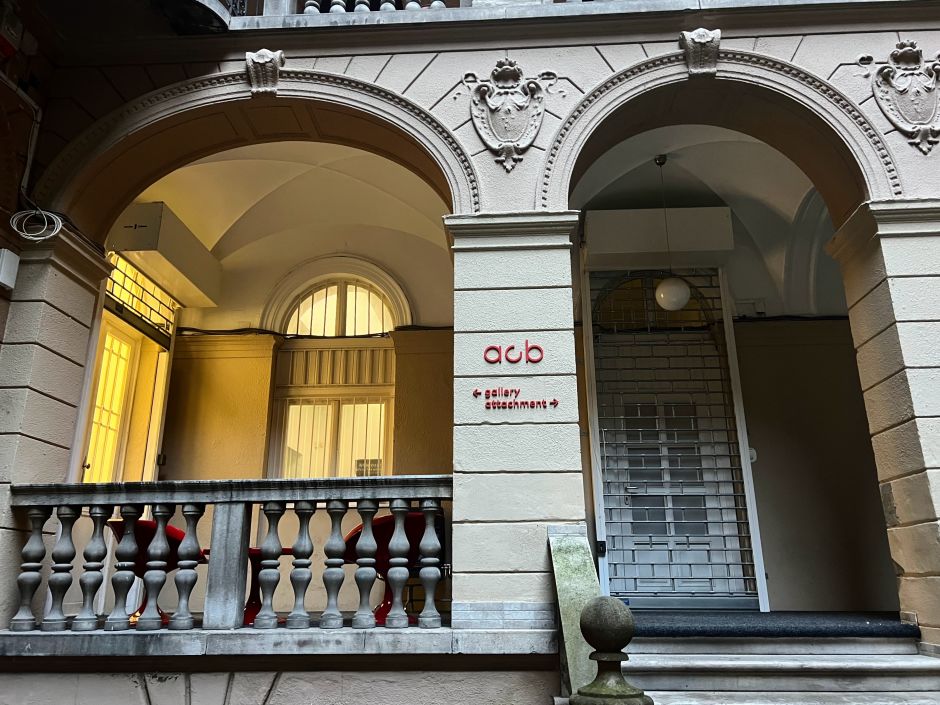
#12 - acb Galéria (location; Tuesday to Friday 2 p.m. to 6 p.m.): Once you find the nondescript entrance, saunter through the neo-Reniassance courtyard to get to acb, a leading Budapest gallery (fun fact: Eugene Wigner, Nobel-winning physicist, grew up in this building). Acb specializes in post-WWII Hungarian art, featuring for example the performance artist, Katalin Ladik, the minimalist painter Imre Bak whose works are owned by the Tate Modern, and Gyula Várnai, who represented Hungary at the 2017 Venice Biennale.

#13 - Deák Erika Galéria (location; Wednesday to Friday 12 p.m. to 6 p.m.): Hiding near Andrássy Avenue, Deák Erika works within traditional disciplines like painting and sculpture. The gallery represents the colorfully abstract Márton Nemes, the eye-catching biomorphic form-giver, Zsófia Barabás, and the op-artist, József Bullás. Notably, Deák Erika's roster also includes Péter Nádas, the writer of international fame who's also a trained photographer.
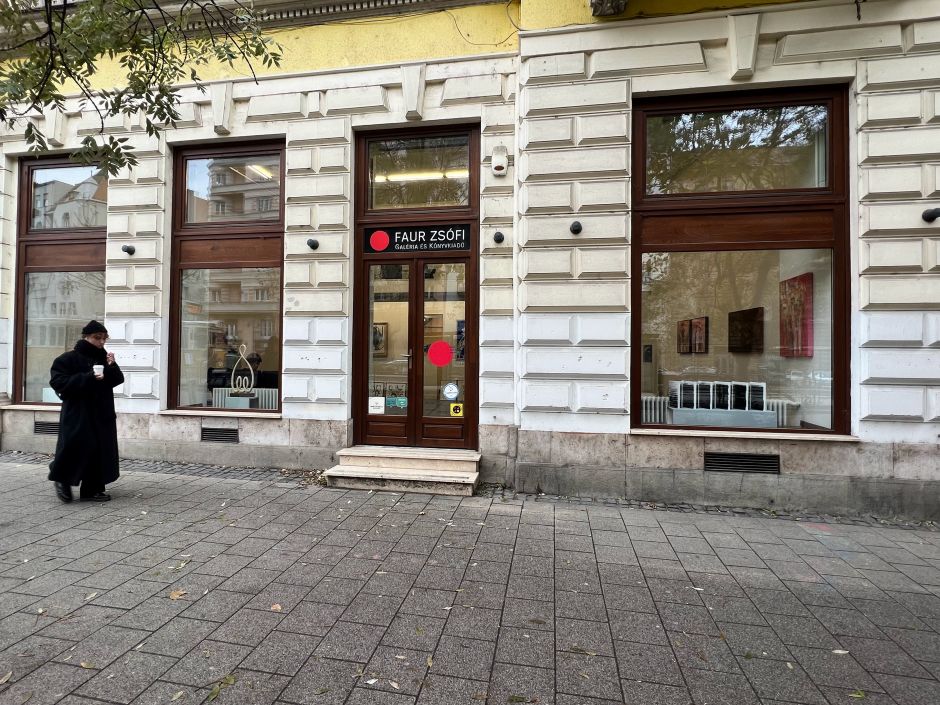
#14 - Faur Zsófi Galéria (location; Monday to Friday 12 p.m. to 6 p.m.): Lining the chic Bartók Béla Boulevard, Zsófi Faur specializes in contemporary photography but you can also run into excellent solo shows of painting and sculpture. Visit also the downstairs where the more experimental works are displayed.
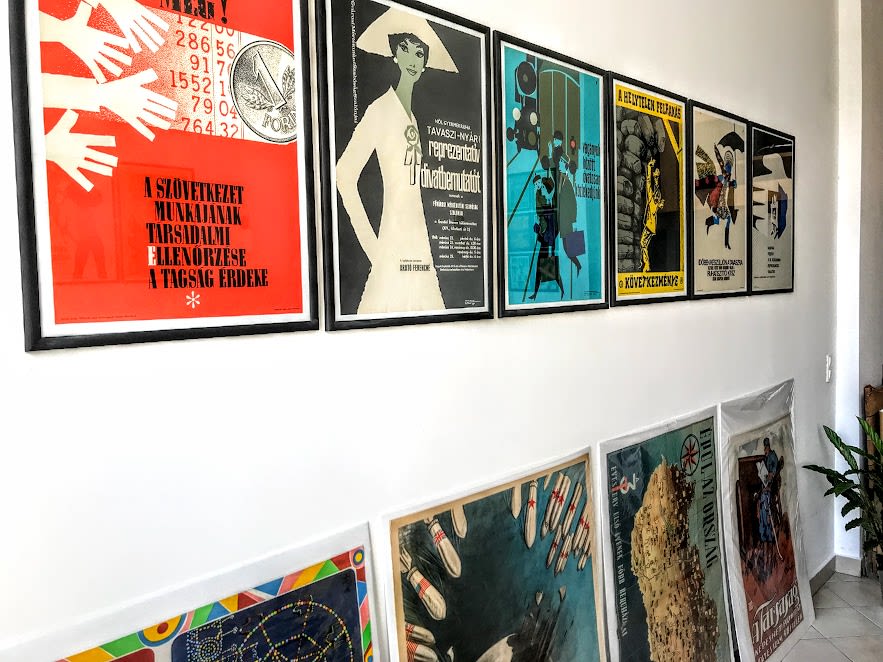
#15 - Budapest Poster Gallery (location; by appointment only: [email protected] or +3630 662 7274): With more than 2,500 original Hungarian vintage posters, this gallery is a treasure for fans of graphic art. The collection spans Art Nouveau, Art Deco, and socialist-modern, and includes unique pieces by seminal figures of Hungarian art, such as Róbert Berény. It's an appointment-only gallery, so try to peruse their online catalogue before you go, an experience in itself.
